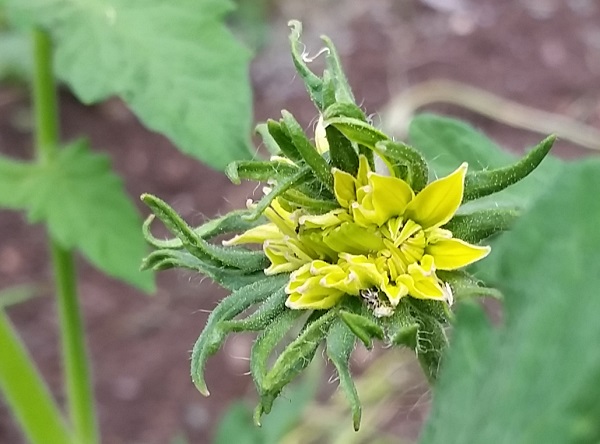2016 is on target to be the hottest year ever (beating out last year for the record, and the year before that…). Plenty of us in the US are definitely feeling it right now. The heat in Arizona is already killing people, significant parts of California are on fire, and I have serious garden problems.
Okay, so maybe my problems don’t compare. But hear me out—think of it as a case study.
This spring I put in my cold-weather crops—spinach, snow peas, and radishes—right at the recommended time, after the last frost date. But did I get anything out of them? Terrible yields! It got hot too fast for all of these common table crops. The spinach and the radishes bolted (i.e. flowered) before they completed their vegetative growth. This meant that instead of producing stuff I could eat, they became bitter and nasty as they focused on flower production. The snow peas made some fruit, but they keeled over long before reaching their optimal size. You died too soon, sweet peas!
Now it’s summer, which for me is the most important garden time, because that’s when I get to see what’s going on with my tomato project. I’ve been working on stabilizing this interesting mutation that showed up in my garden about five years ago via hybridization, saving seeds, and generally screwing around. Frankly, the project’s going pretty well. I’ve got a very promising plant up this year. Check out this lovely flower cluster!

This flower cluster is just one of many, but do I have any fruit? No. I have ten tomato plants in my garden this year and exactly one tiny pathetic green tomato so far. Why? It’s too hot for them to set fruit!
Living in an agricultural area and studying climate change, I’ve learned a lot about temperature and crop tolerances. For those seriously interested, I highly recommend the previous link. The gist: Many of the fruits and vegetables we eat have pretty hard upper temperature limits, above which they cannot set fruit. The same is true for staple grains. Want some numbers? Tomatoes stop setting fruit right around 30°C, while bell peppers give up at temperatures as low as 27°. Rice will almost completely stop setting grain at 33°, while corn and soy, the modern mega-crops, run into major yield problems at 35°. Even cotton has a point of temperature sensitivity—32°. No more cheap t-shirts? Say it ain't so!
As you can see, heat is one problem. And not unimaginably surface-of-Mercury type heat, more like increasingly typical, almost normal-seeming heat-wave type heat. The other problem we are already beginning to face is with perennial crops—plants that live for many years. These include fruit and nut trees, as well as woody vines like grapes. All of these plants have annual chilling requirements. If they don’t spend so many days in a row below a certain temperature in the winter, their flower and fruit yields are significantly reduced the next growing season. Also, the fruit they do produce is generally smaller, less sweet, and has a more mealy texture. Gross.
When some people think about climate change, they think about some far-off problem that will affect their grandchildren. When I look at climate forecasts and the basic biology of many of our staple food crops, it really bumps up my sense of urgency. This is a problem that is already hitting the grocery store, athough for now, more in the pocket than on the plate. The price of produce is already climbing. Given what we already know about plant biology and how agricultural plants respond to changes in climate, there’s real cause to worry about a tipping point where “hard-to-find” becomes “unavailable”. As for me, all I am looking for is one good tomato.

